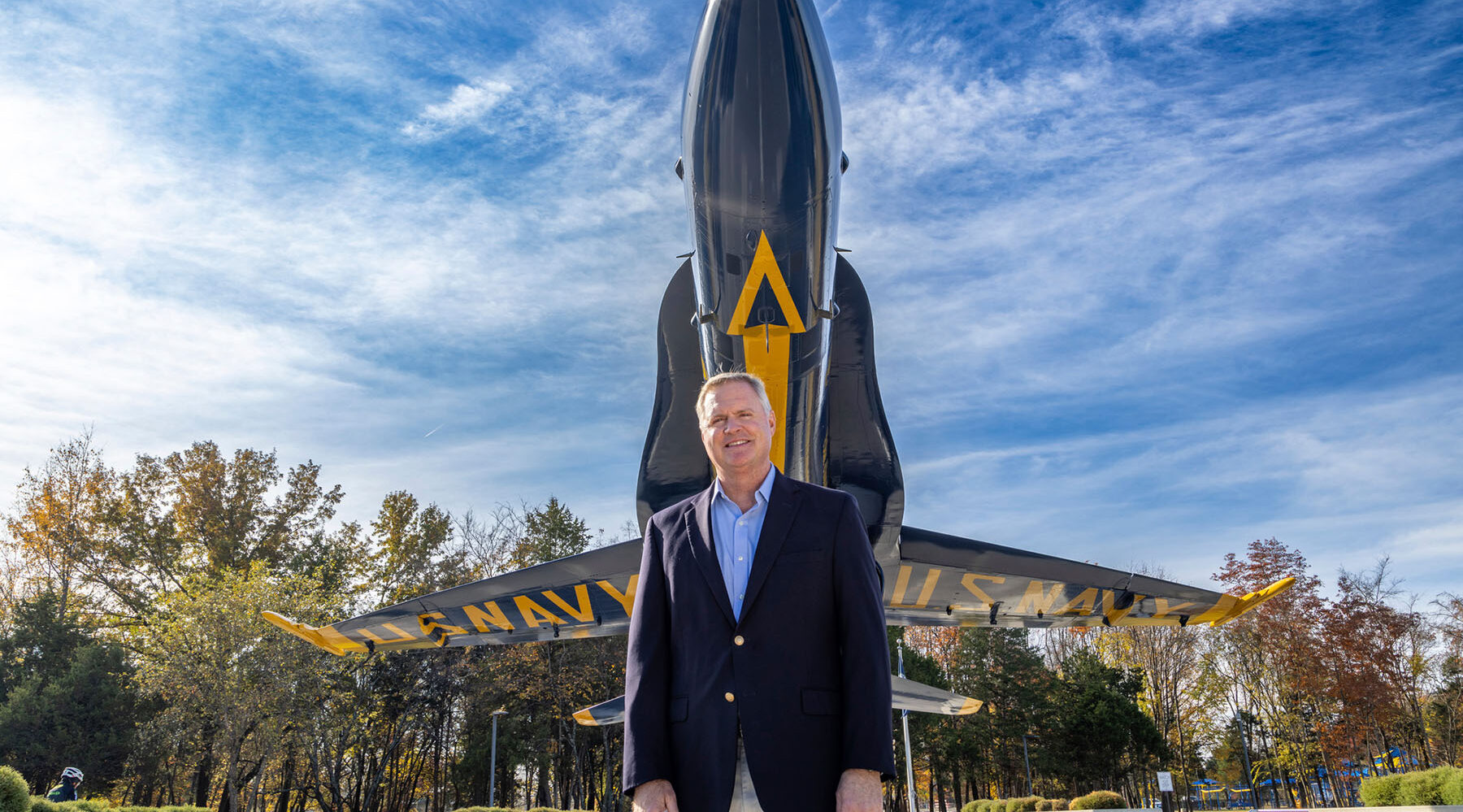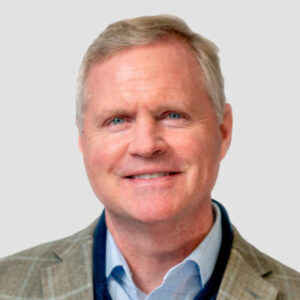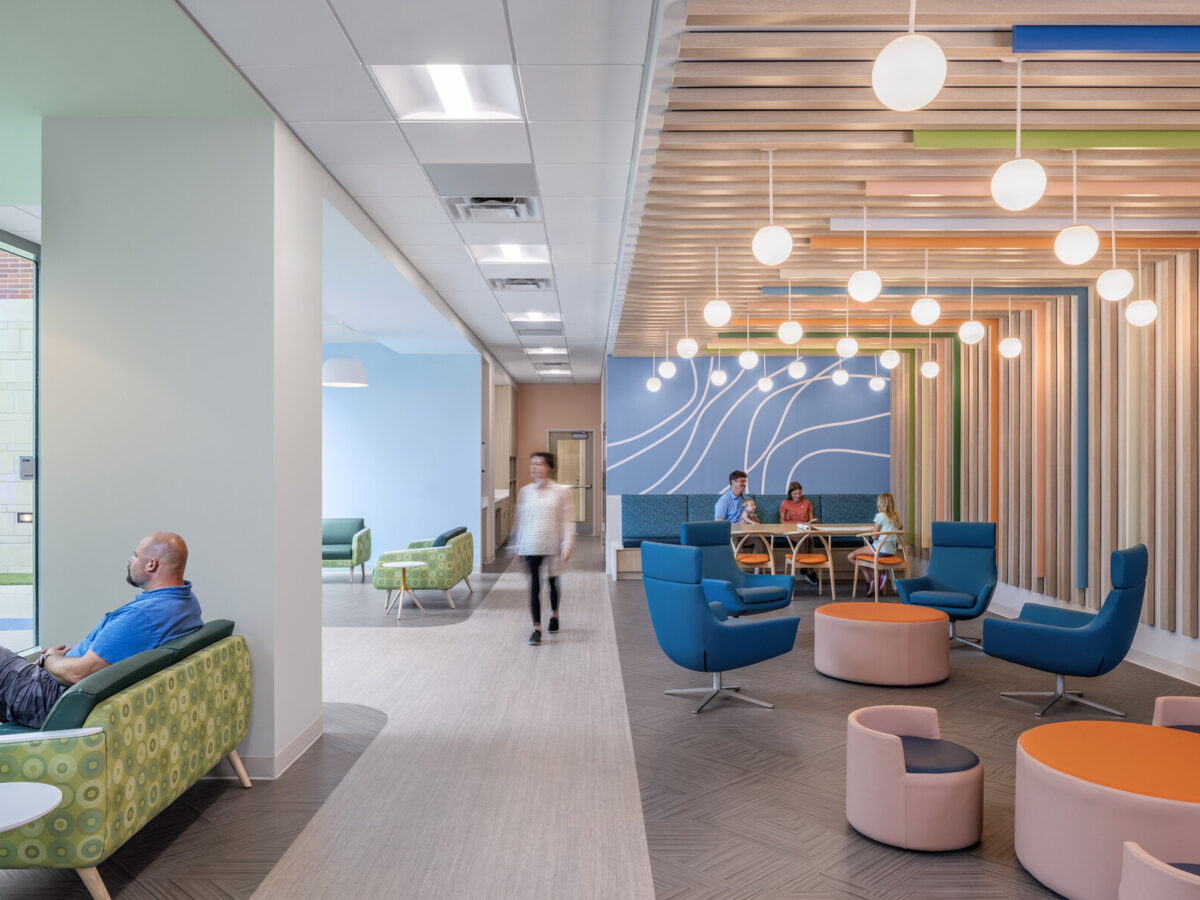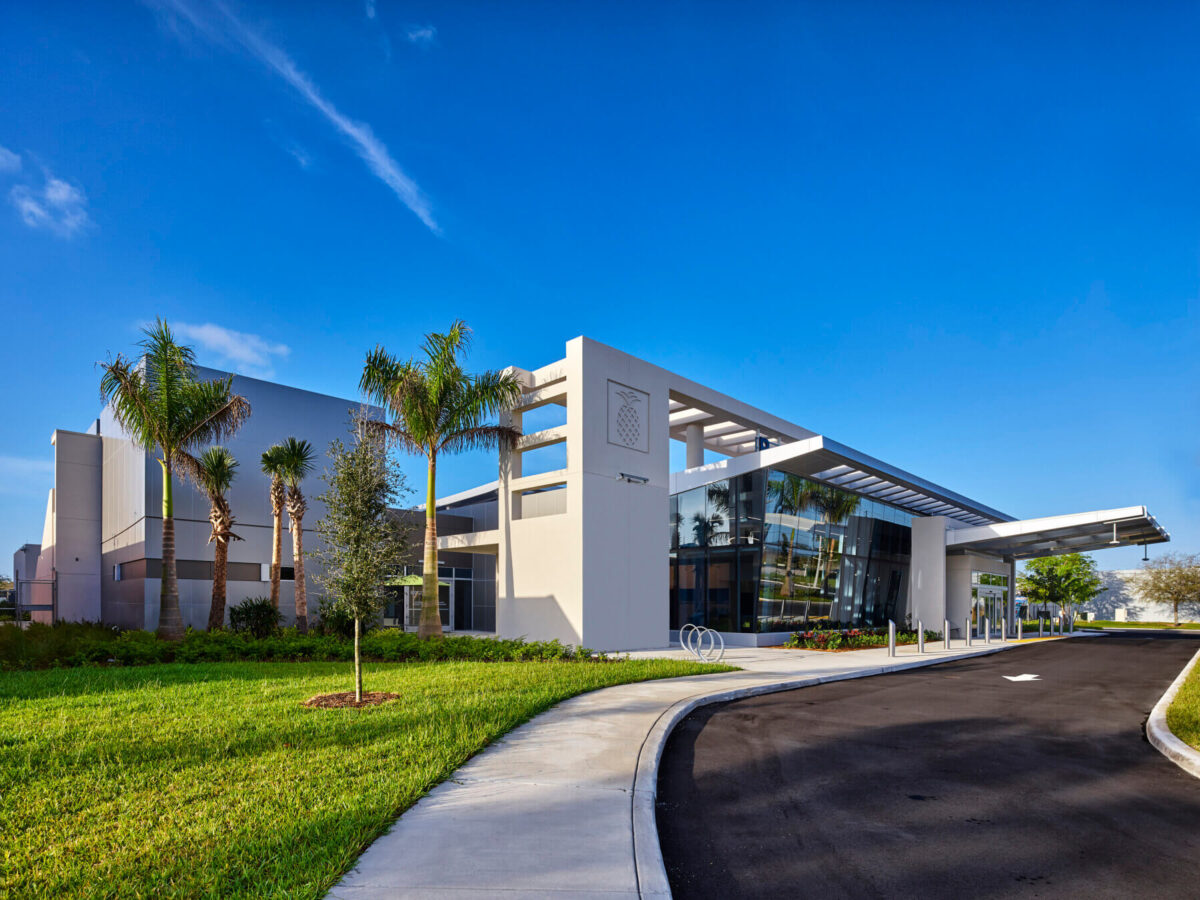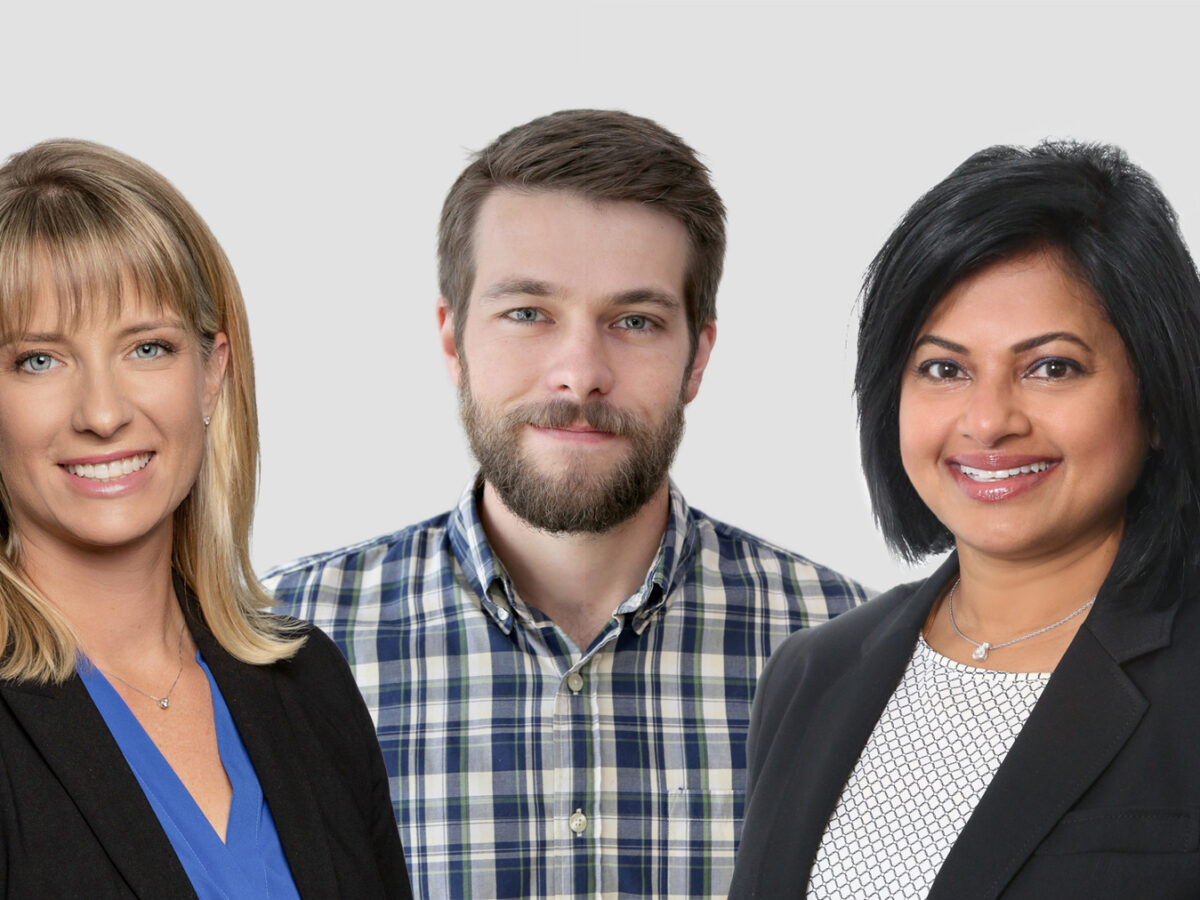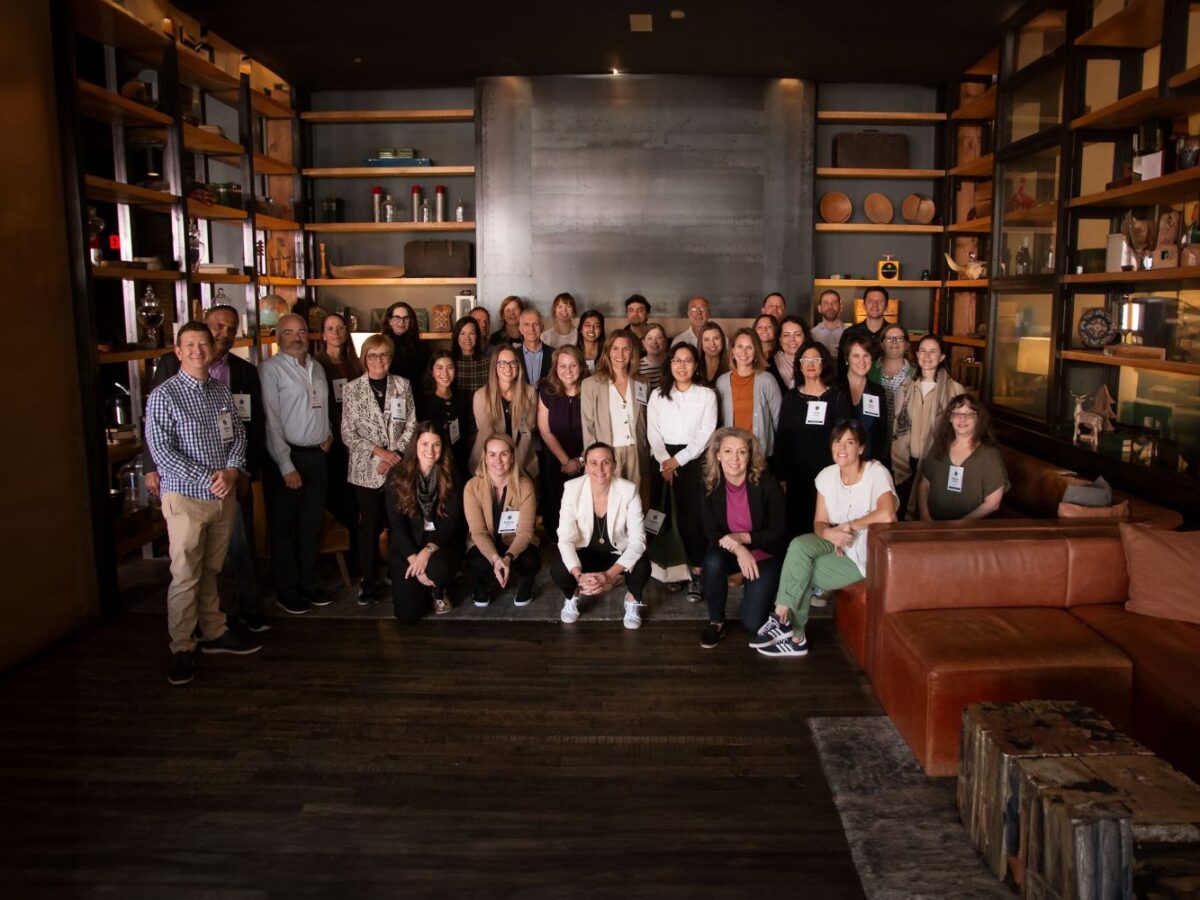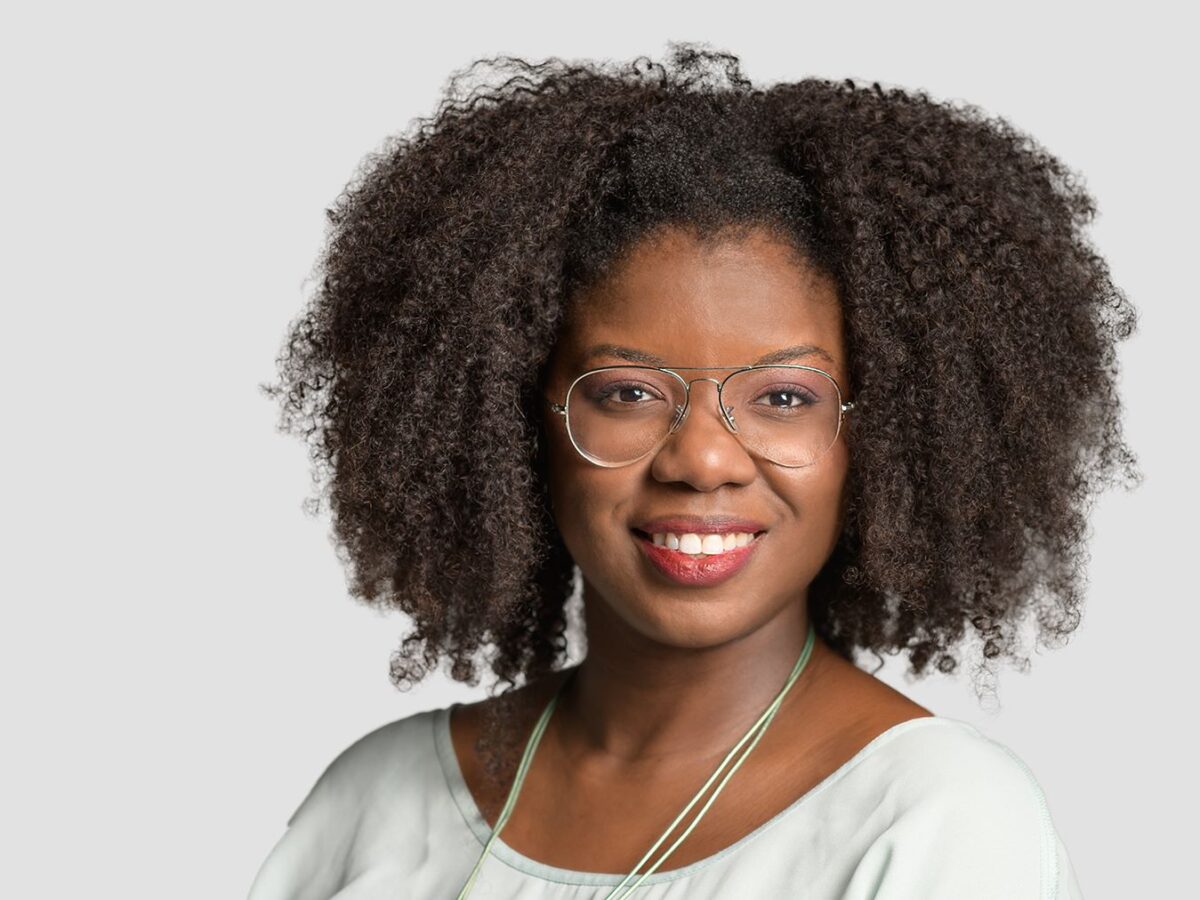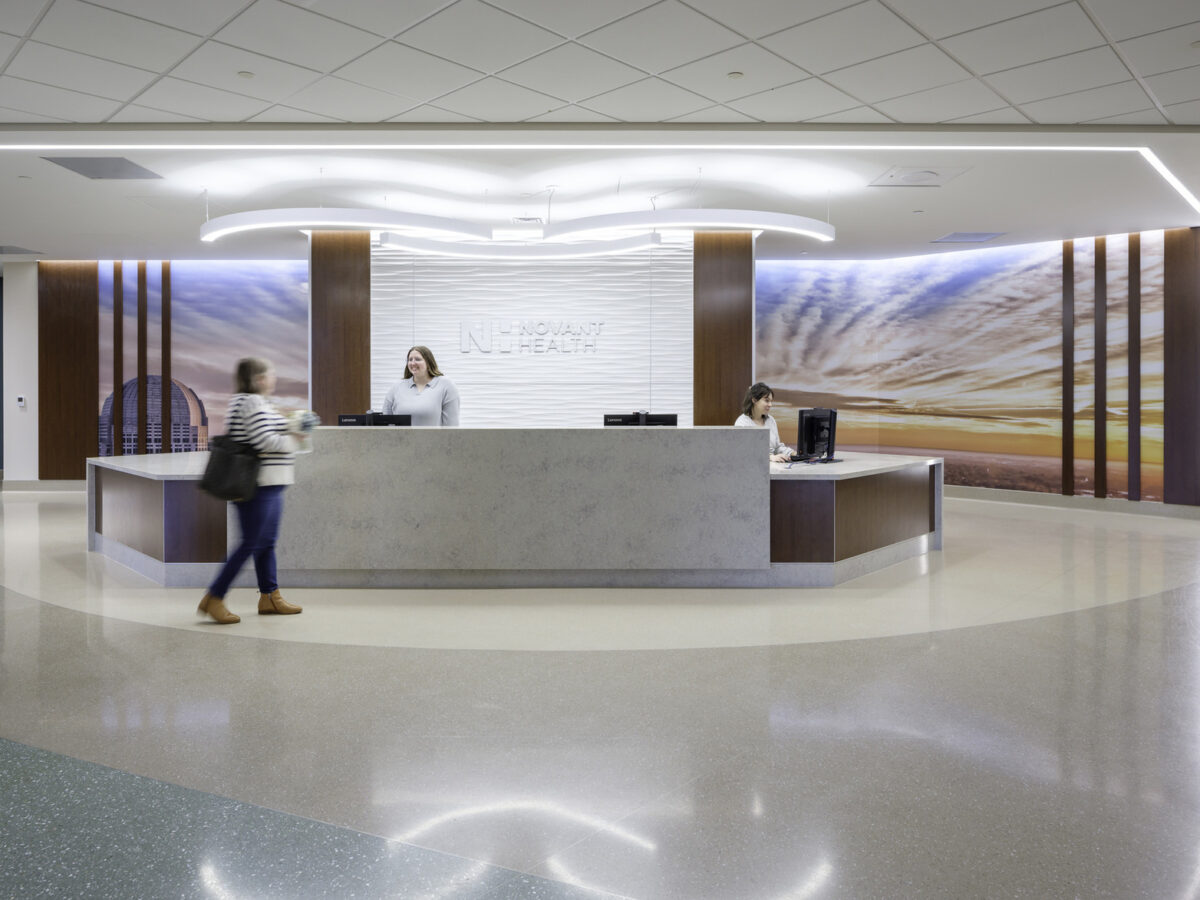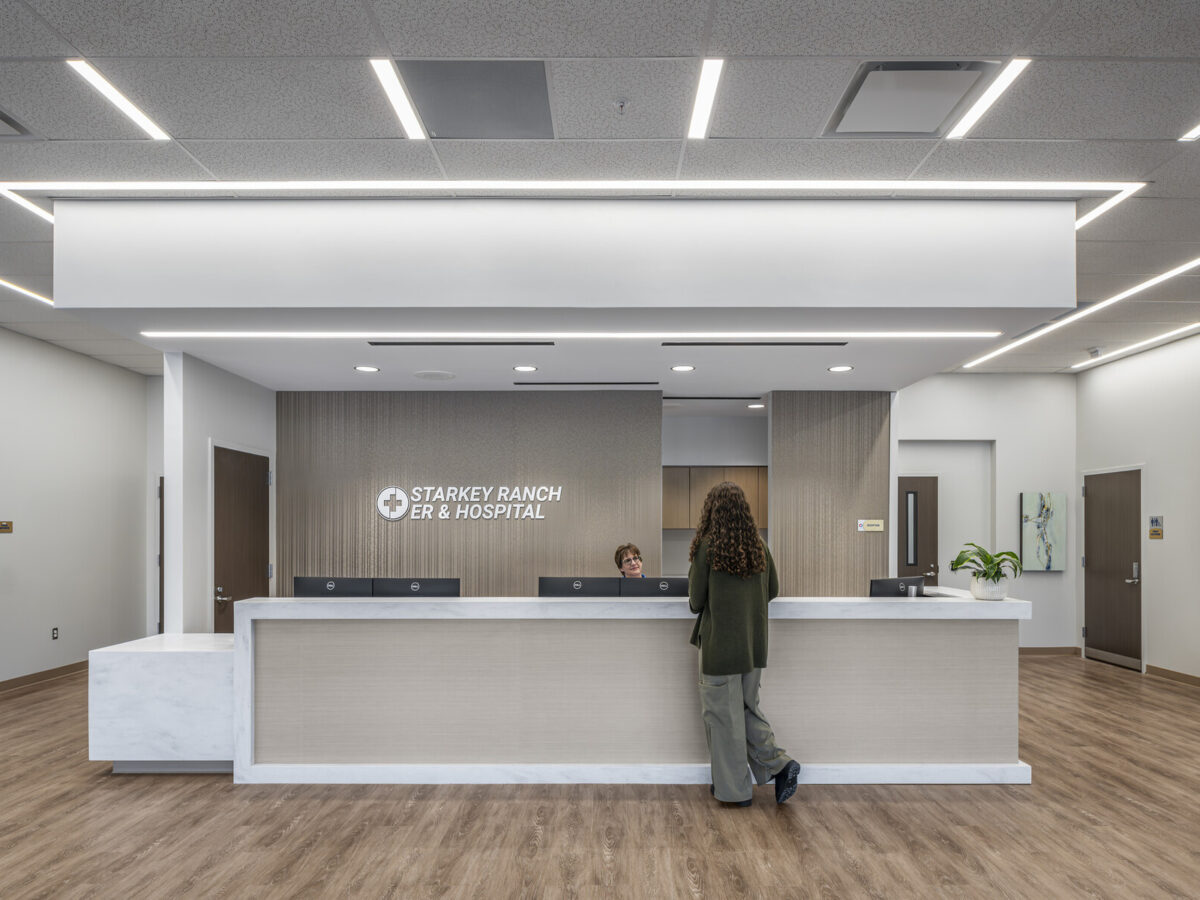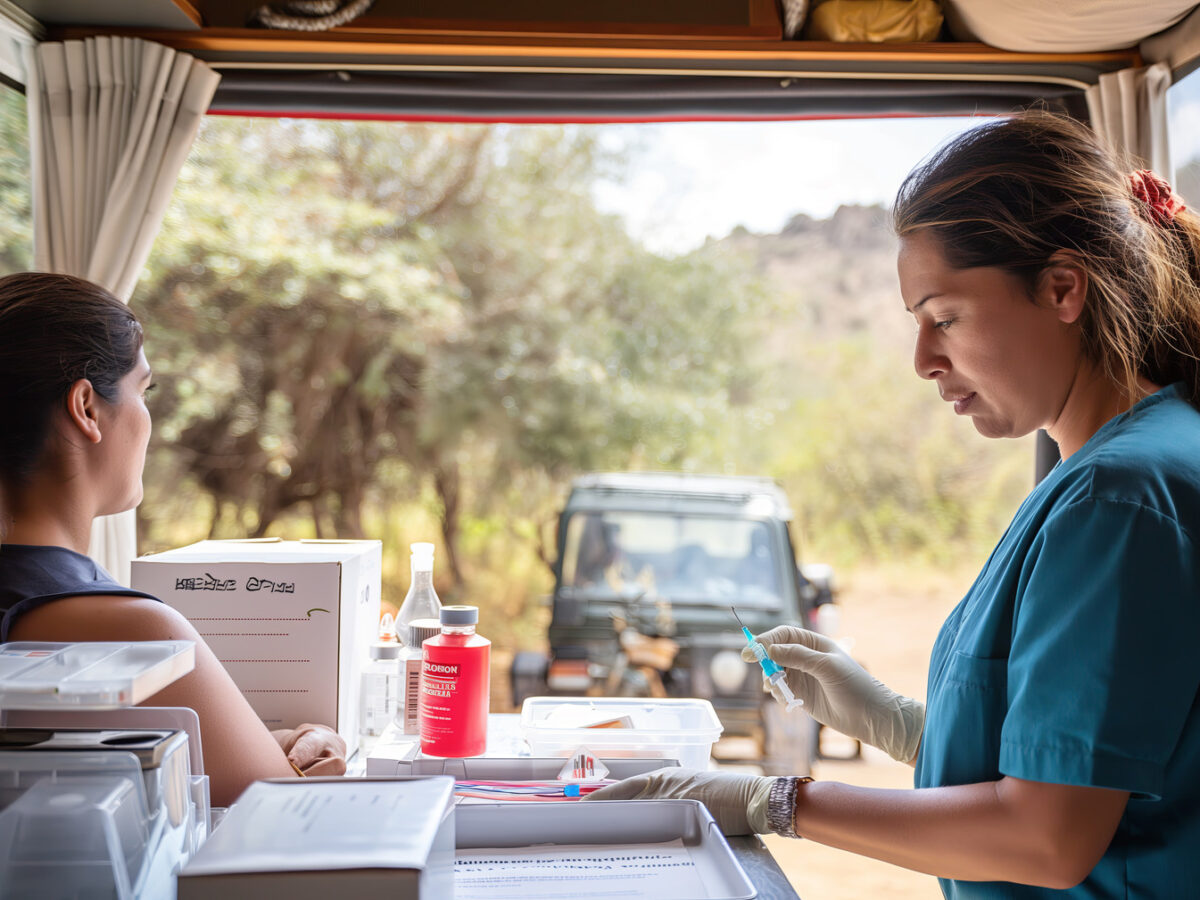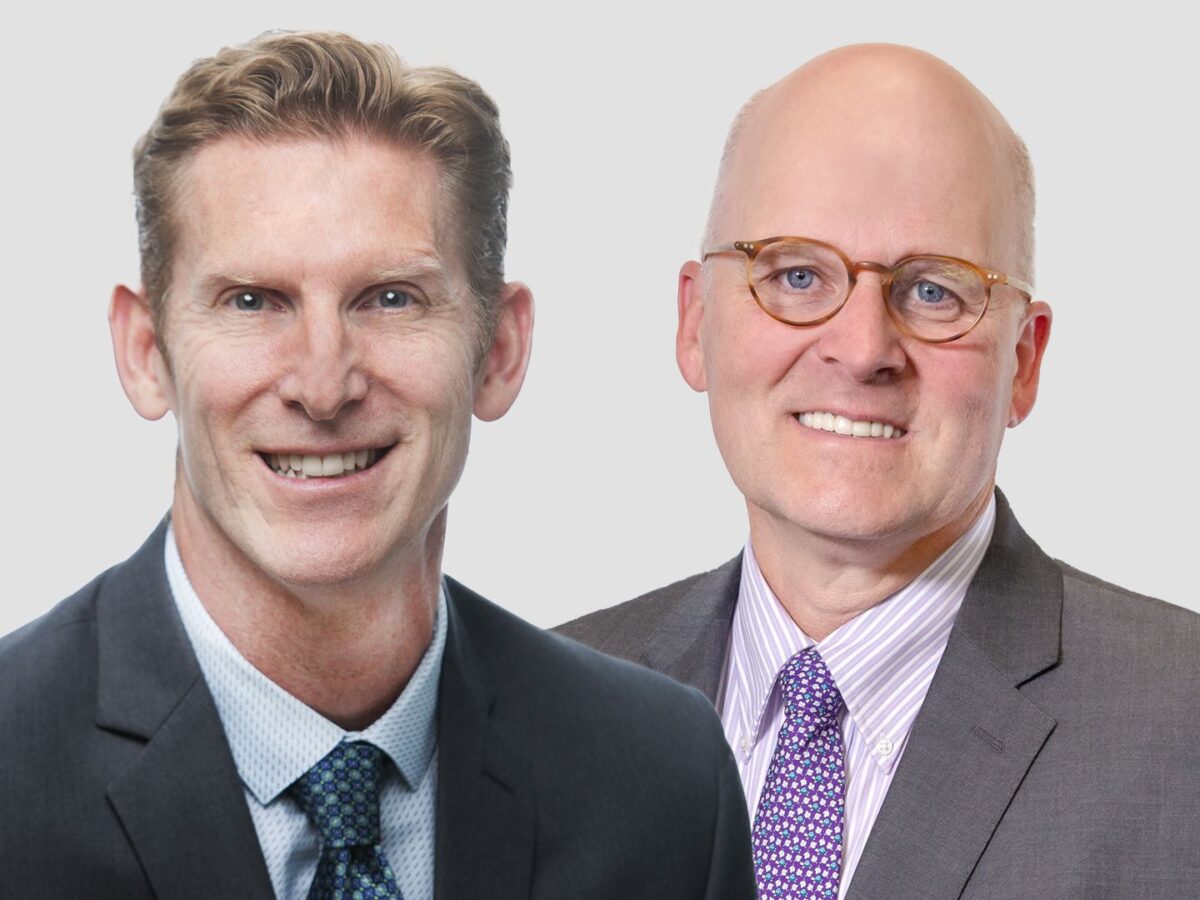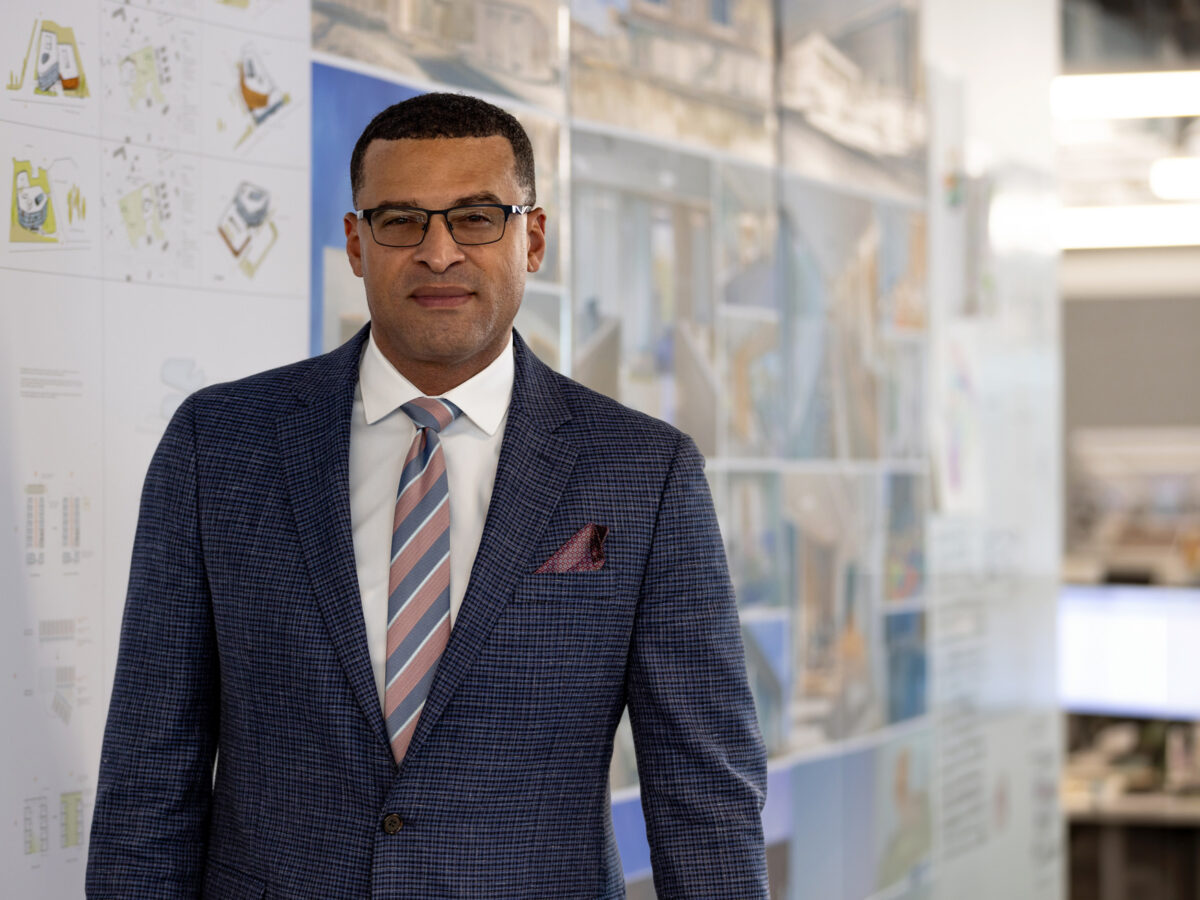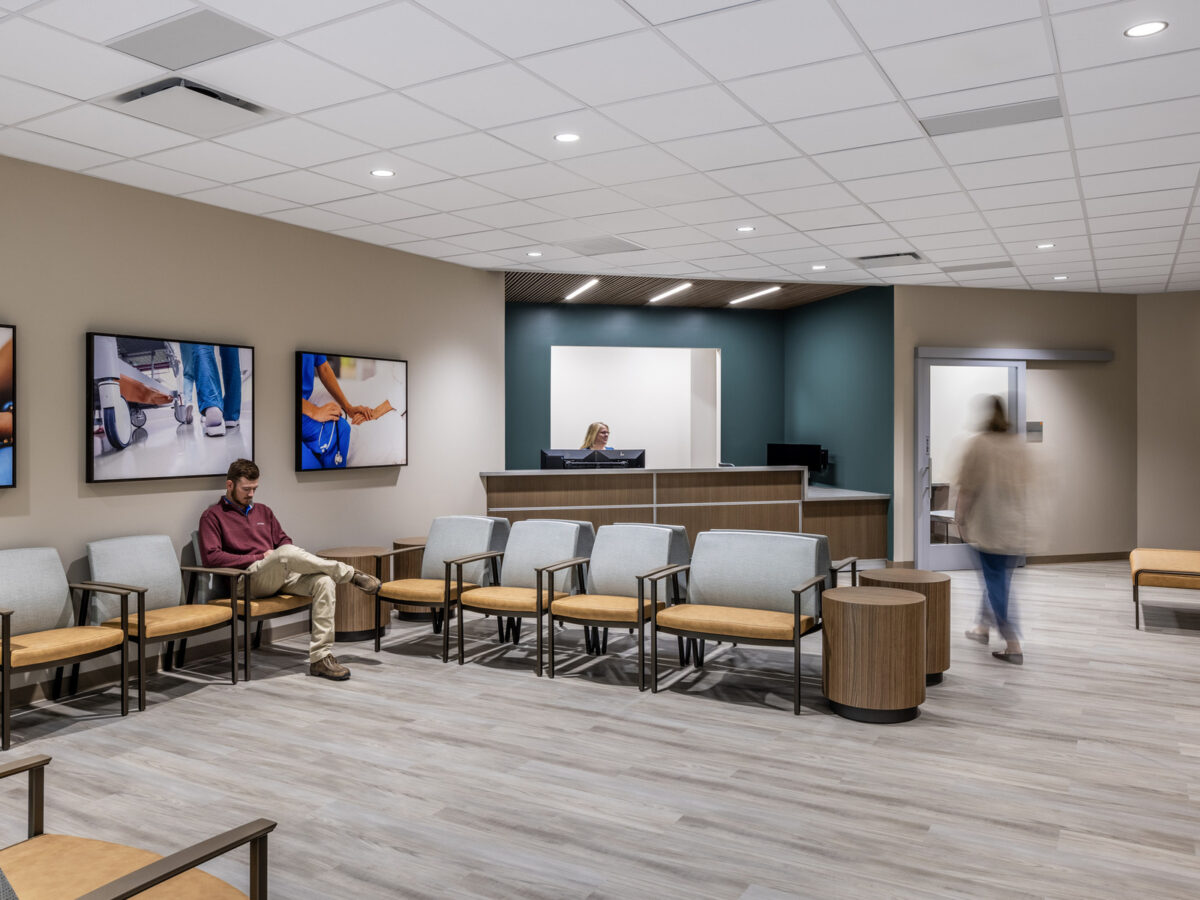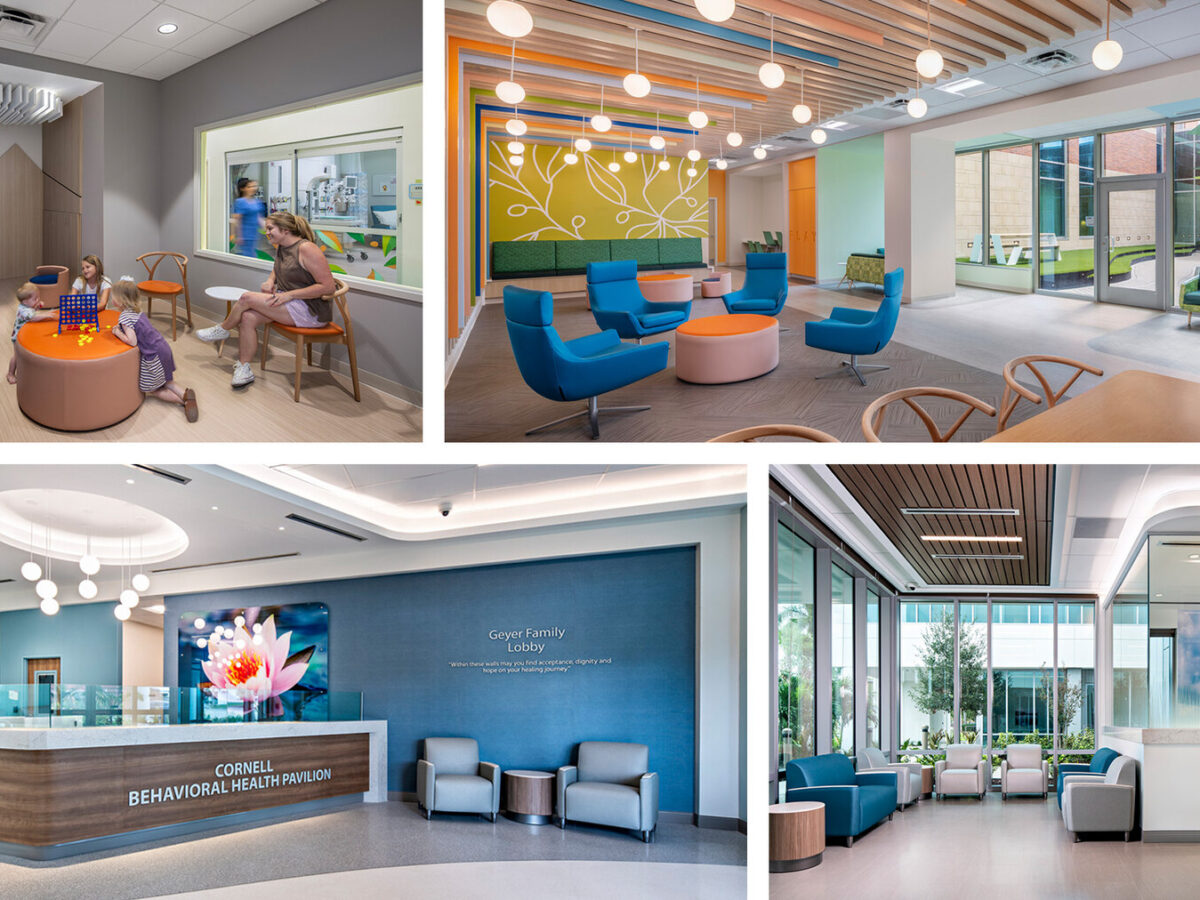Veterans Day honors the sacrifices and service of America’s veterans and their families. In honor of the occasion, we spoke with U.S. Navy and industry veteran Mike Neuser, a senior vice president in Gresham Smith’s Healthcare market, about his role as leader of the firm’s federal Healthcare practice, which focuses on projects for the U.S. Department of Veterans Affairs (VA) and the U.S. Department of Defense (DOD). We also got his thoughts on what Veterans Day means to him personally, and more.
A former commanding officer in the U.S. Navy, Mike has worked on countless projects to improve facility conditions and enhance the quality of care offered by the VA. He has also spent time as vice president of Population Health at Vanderbilt University Medical Center, further developing integrated health models of care.
As a veteran, you bring firsthand knowledge of how healthcare design can benefit those who use the federal healthcare system. Tell us about your role as program lead for Gresham Smith’s federal Healthcare practice.
Mike Neuser: My role involves helping guide the firm’s Healthcare market as we expand our presence in the federal healthcare arena. I’m excited to build upon our current federal healthcare portfolio by directly connecting with clients and teaming partners, leveraging my 20-plus years of personal government and healthcare experience.
As a veteran, I’m eligible to get my healthcare from the Department of Veterans Affairs. So, not only have I been a VA patient but I’ve also studied the designs of their facilities, making me uniquely positioned to understand the VA’s processes, including their architecture, engineering and construction (AEC) procurement system. Leveraging our firm’s healthcare design experience and tapping into the VA’s $4 billion annual AEC healthcare program is our intent and opportunity. We’re beginning the second year of a five-year vision, and we’re already ahead of expectations.
Since I started at Gresham Smith last December, we’ve won projects in Florida, North Carolina and South Carolina, and continue to build on our federal Healthcare portfolio. I feel both privileged and excited that I get to use my engineering and healthcare background, as well as my passion, to improve the patient experience for our veterans, their families, and our active-duty military members through thoughtful design strategies that increase access to care.
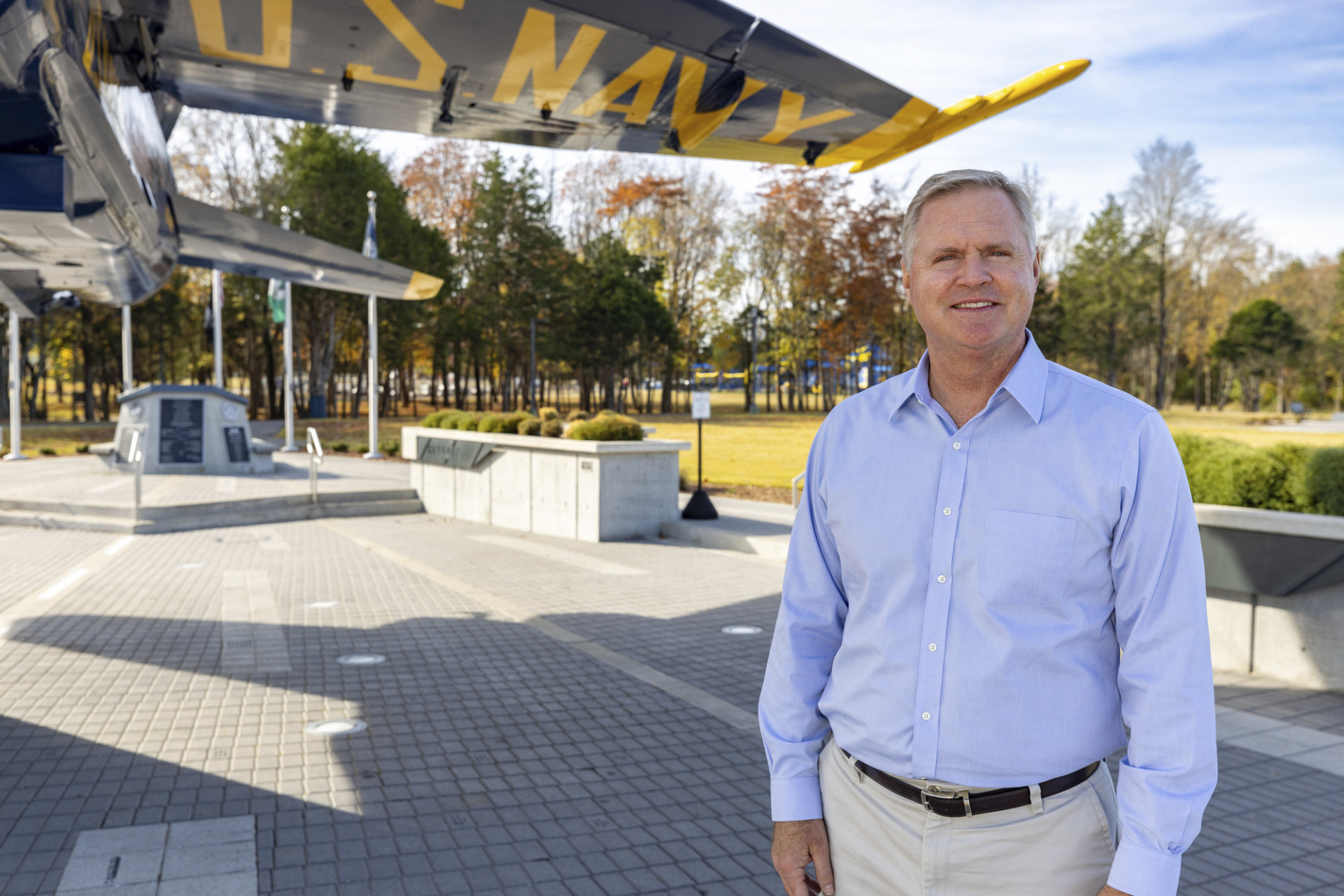
Why is it important to you personally to support the federal healthcare work we do at Gresham Smith?
Mike: At this stage in my career, it’s all about doing purposeful work. So, supporting fellow veterans through our federal projects is incredibly meaningful to me. There’s also a huge need for the VA to upgrade, renovate, and in some cases build new. And there’s currently a tremendous push for this no matter what side of the political spectrum you’re on. So, I personally want to be a part of that.
There’s a great cadre of professionals at Gresham Smith who have executed projects for both the VA and the DOD—including our Building Engineering group that currently work to support major VA replacement hospital projects. And, of course, our Healthcare architecture team’s outpatient clinic projects for the VA nationally are second to none. I’m confident team members would agree that when they get the opportunity to go on-site and see the impact of their work that it’s really special.
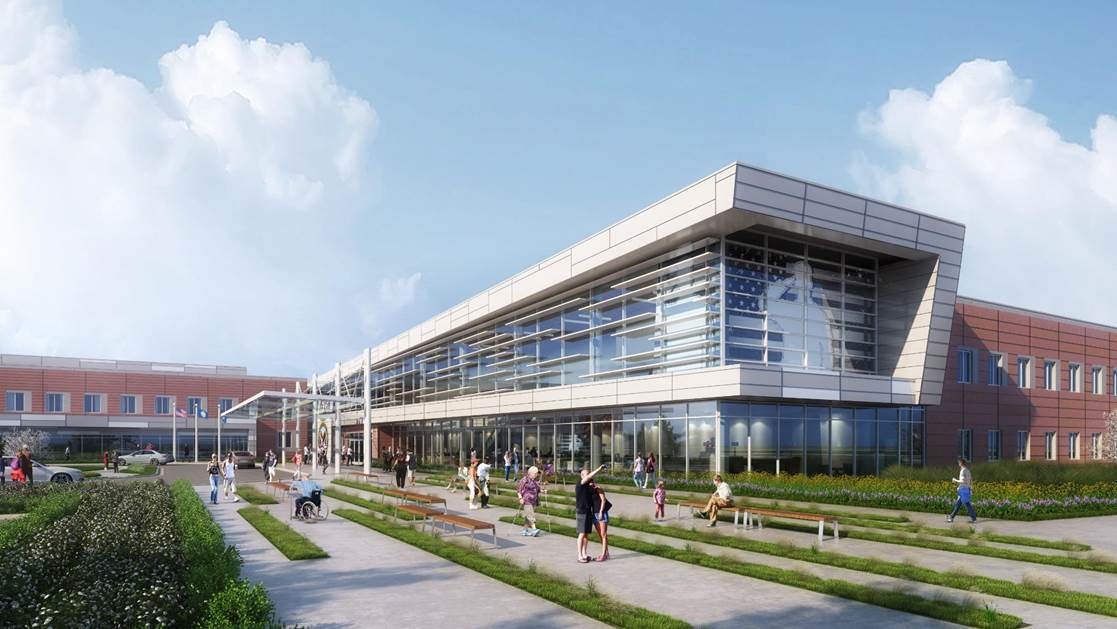
Tell us a little more about the VA’s need to upgrade its older medical facilities.
Mike: The average age of over 1,300 VA medical facilities is more than 50 years old. So, when you walk into a VA facility and see those ubiquitous blue and pink tiles, you know it’s time for an upgrade. In fact, the VA has a comprehensive program for updates because their medical facilities have deferred maintenance for such a long time. Looking at the president’s 2023 budget, we have an idea of what these VA upgrades will consist of, which includes community living centers and outpatient facilities that support mental health services as well as women’s health.
Because some of the VA’s campuses are historic, you can’t simply just knock down a building and start from scratch; you have to renovate and repurpose the structure. In some cases, however, there will be new builds required for certain acute-care campuses and medical office buildings—areas in which Gresham Smith has decades of experience and expertise. In fact, our teams are currently working on some of those types of projects for the VA in Florida, Virginia, Kentucky and California.
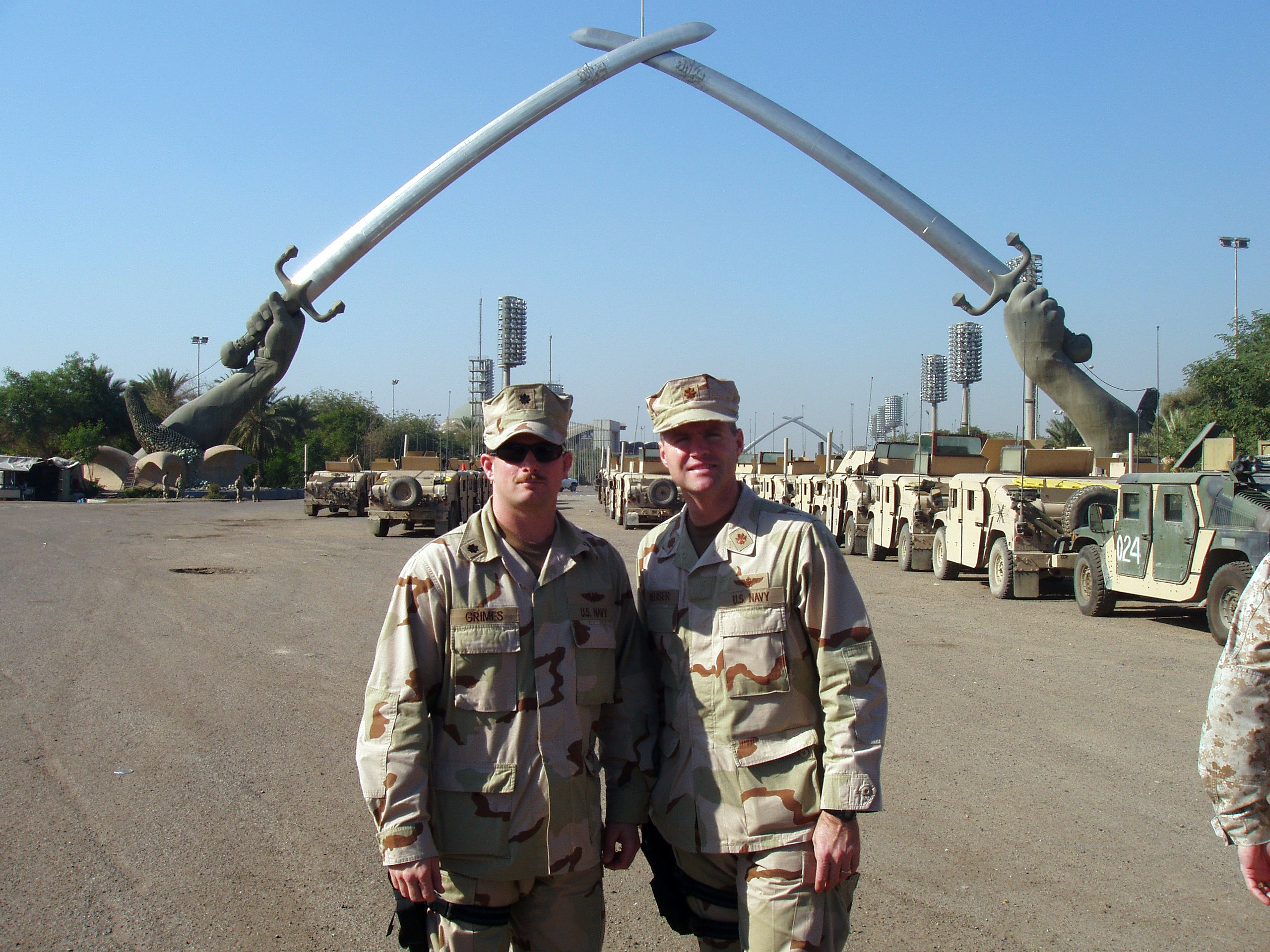
How does it feel to have the government as a client now?
Mike: Oh, I think it’s great. One of the first things I look for when I walk into a VA is a connection with the people since most folks who work at the VA are veterans like me. Did they serve in the Navy, Army, Marines or Coast Guard? Where did they serve? Did our paths ever cross during the last 30 years? Veterans have a distinct shared identity and to be able to connect through that is by far the glue that helps develop that all-important bond. It’s an immediate connection and trust.
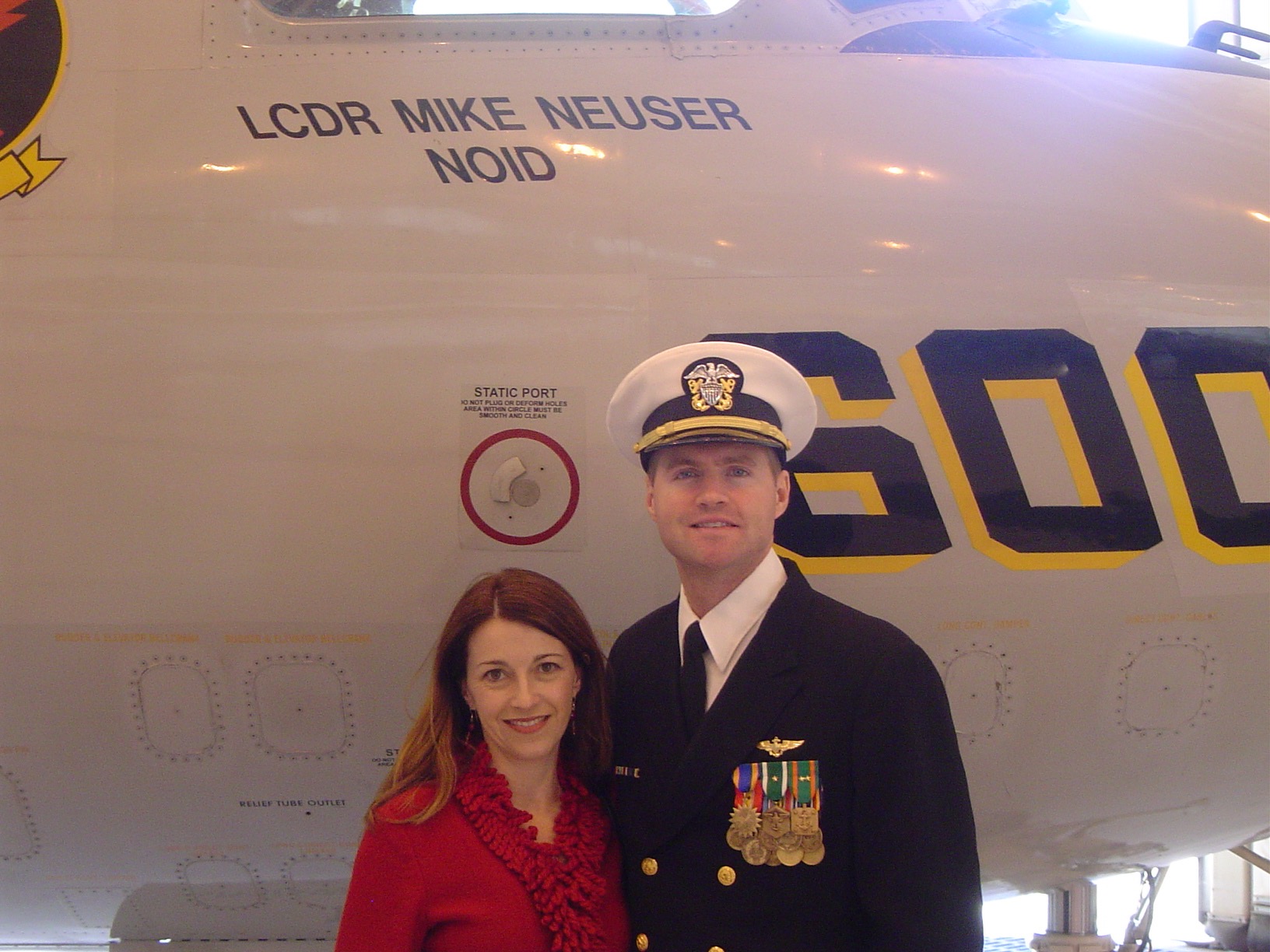
As a commanding officer in the U.S. Navy, you led a unit of 250 sailors and civil service professionals. What did you learn during your 20-year tenure in the Navy that has helped you in your role at Gresham Smith?
Mike: Just as it is in the service, it’s all about teamwork in the A/E industry and at Gresham Smith—being able to work effectively with studio leaders and PXs to help them better understand who the client is and who the decision-makers are. I used to teach a class through the American College of Healthcare Executives in Middle Tennessee on teamwork and delegation, focusing on the different levels of teaming. When you begin military training, for example, it involves different levels of physical and mental anguish—and you’re built up together.
Then there’s the Navy SEALs teams or the Blue Angels that mandate precision teamwork on an entirely different level. In the same way at Gresham Smith, there’s value in every single person on the team. Whether you’re a PX, a PM, a marketing specialist, a designer or an administrative assistant, every team member has a specific role to play and offers input that is valuable. Each person’s individual commitment helps the team as a whole.
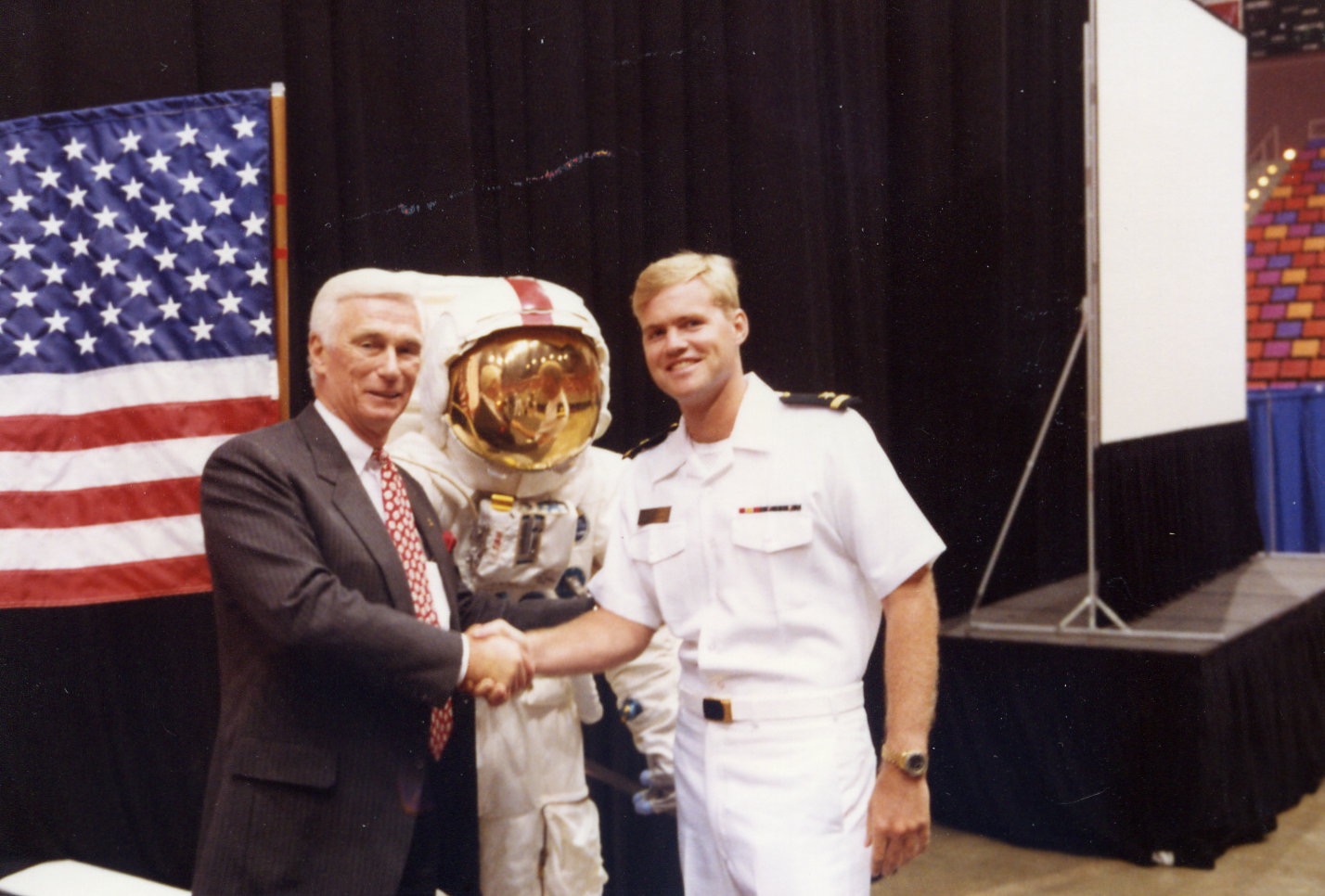
In 2006, the U.S. Navy nominated you to NASA to become an astronaut. What’s the backstory there?
Mike: Well, it’s a story I feel I can grow old telling my grandkids someday because it was my lifelong dream. It started when I met Senator John Glenn in 1979 at the age of 10. He’d long since been to the moon and back by then, and I had the chance to meet him by way of my father who was working for the Department of State at the time.
I remember asking Senator Glenn some questions and him telling our group: “If you want to end up being an astronaut, you’ll need to be a test pilot. And to be a test pilot, you’ll need to first get selected to be a pilot. To do that, your best chances are to go to the Naval Academy.” So, right there and then, I decided that was the path I was going to follow. It gave me direction. And although I “bumped along the curbs” a few times and the path wasn’t always straight, I reached my goal of being qualified and applying to NASA for astronaut selection.
In 2006, I was one of 88 nominated to NASA to be in the Astronaut Candidate Program. Only one person out of the 88 was ultimately selected, and he was one of my prior instructors. I was thrilled to be nominated and it was one of the highlights of my career.
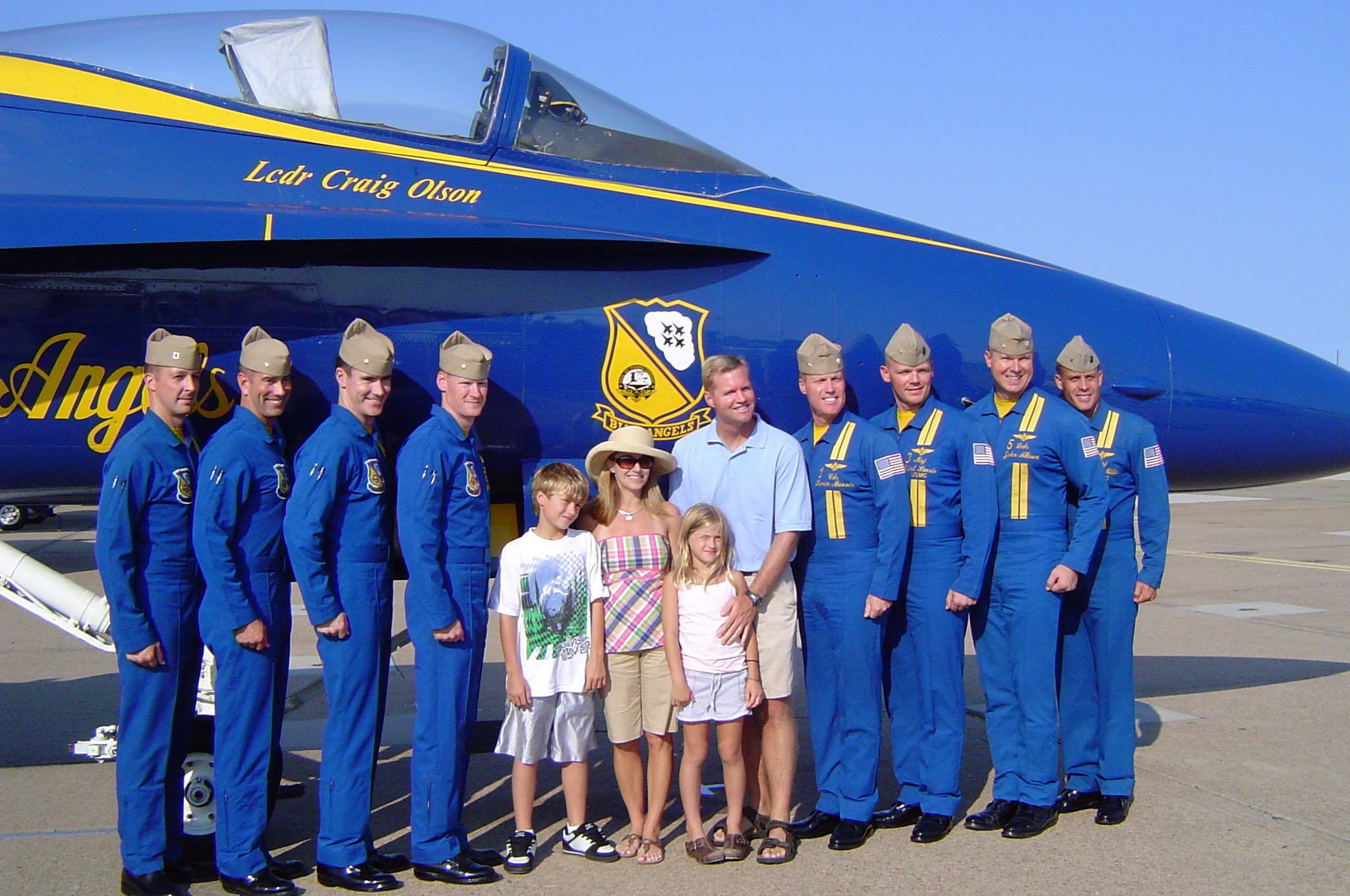
What does Veterans Day mean to you?
Mike: It’s hard to articulate without getting emotional because it’s so incredibly meaningful. To me, it’s a day of connection with fellow veterans. It’s a day that provides the opportunity to reflect upon the service, sacrifice and legacy of those who served before us, including my father who devoted his life to serving our country as a U.S. Marine and later a foreign service officer with the Department of State. It’s a day to remember wounded warriors and the daily struggles they go through. It’s a day to thank our brave families for the sacrifices they made, enduring deployments and oftentimes frequent moves.
At the end of the day, Veterans Day means so many things to me. But perhaps most importantly, every year, when the 11th day of the 11th month rolls around, it reminds me of the oath I took along with hundreds of thousands of others to join and defend our country and its freedoms. It’s being a part of something bigger than just me—and that is truly special.
